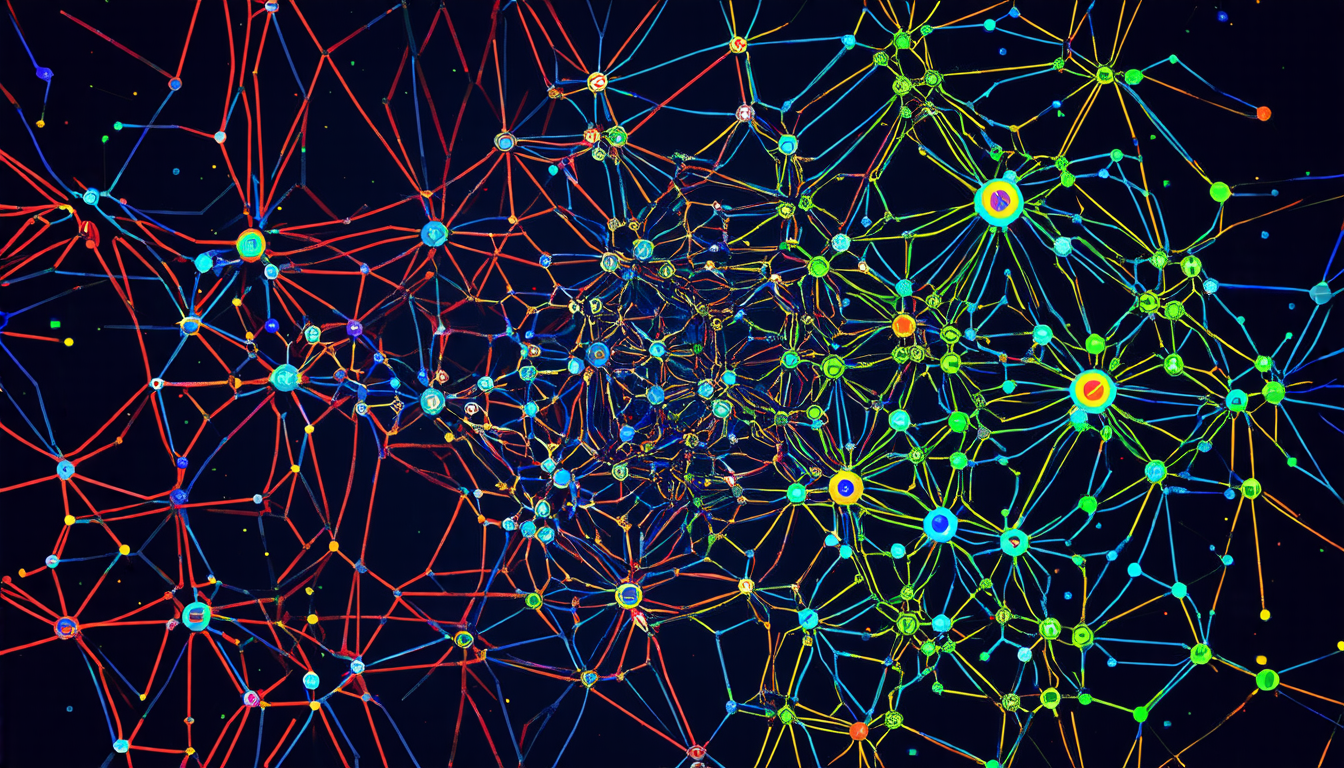Saturday 19 April 2025
Scientists have made a significant breakthrough in developing superconducting electronics that mimic the human brain’s ability to learn and adapt. This technology has the potential to revolutionize computing, enabling faster and more energy-efficient processing.
The research team created a superconducting synapse, a crucial component of neural networks, by combining Josephson junctions with inductive division and transformer coupling. These tiny devices can store information and modify connections between neurons based on the timing of electrical pulses, much like our brains do.
To demonstrate this capability, the researchers designed a superconducting neuron that can be pulsed to simulate the activity of real neurons. The synapse was then connected to the neuron, allowing it to learn and adapt in response to changing inputs.
The team observed that when the neuron was stimulated with a specific pattern of electrical pulses, the synapse adjusted its connections to optimize information transfer. This process is known as spike timing-dependent plasticity, a fundamental mechanism underlying learning and memory in biological brains.
One of the most exciting aspects of this technology is its potential for extremely fast processing speeds. The researchers were able to achieve learning times on the order of picoseconds, which is significantly faster than traditional computing methods.
The power consumption of these devices is also remarkably low, with estimates suggesting that each learning event requires less than half an attojoule – a tiny fraction of the energy required by current computers. This could lead to the development of ultra-low-power neuromorphic processors that are capable of processing complex tasks without generating excessive heat.
While there’s still much work to be done before these devices can be integrated into practical applications, this breakthrough represents a significant step forward in the quest for artificial intelligence inspired by nature. The potential implications for fields such as medicine, finance, and transportation are vast, and it will be fascinating to see how this technology evolves in the coming years.
The researchers’ innovative approach has opened up new avenues for exploring the intersection of superconducting electronics and neuroscience. As we continue to push the boundaries of what’s possible with these devices, we may uncover even more surprising capabilities that can help us better understand the human brain and develop more efficient, intelligent machines.
Cite this article: “Superconducting Synapses: A Breakthrough in Neuromorphic Computing?”, The Science Archive, 2025.
Superconducting Electronics, Neuromorphic Processing, Learning, Adaptation, Artificial Intelligence, Neuroscience, Josephson Junctions, Synapse, Neuron, Spike Timing-Dependent Plasticity.







